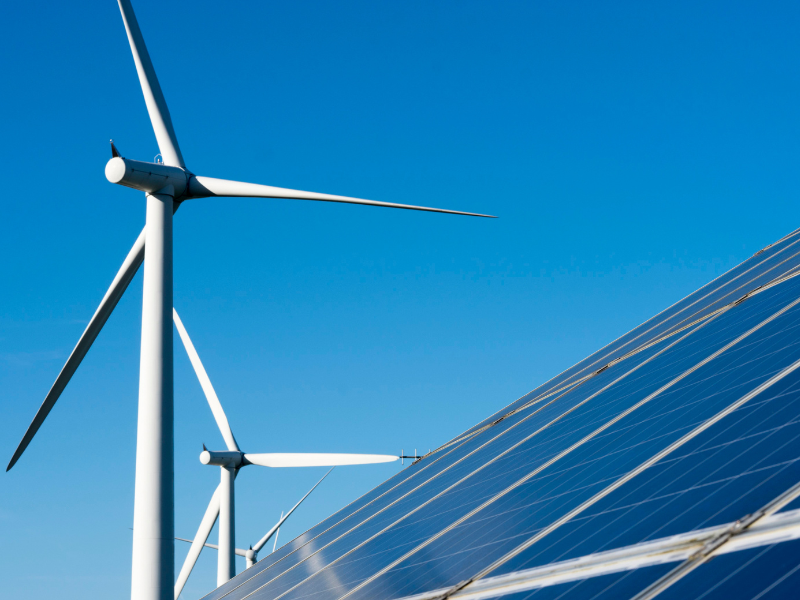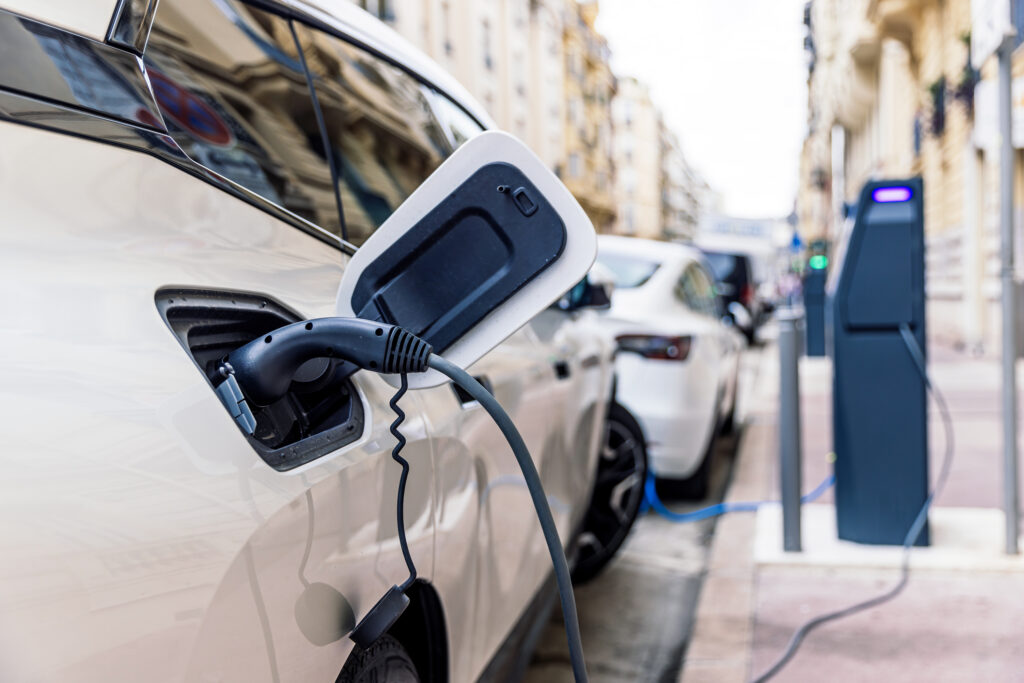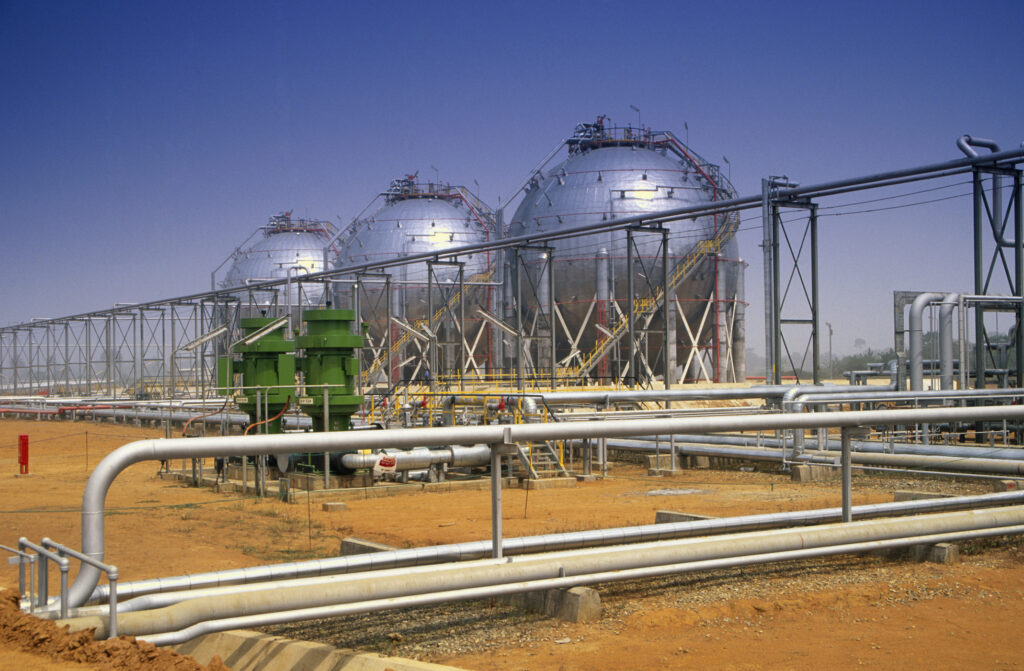Wind turbines and solar panels are incapable of making any of the products or transportation fuels demanded by the 8 billion on this planet.
Introduction: The Renewable Energy Illusion
Around the world, there is a growing belief that renewable electricity, especially that generated by wind and solar—can lead us to a fully decarbonized future. While this vision is noble and reflects the urgent desire to reduce greenhouse gas emissions, it often overlooks the significant limitations of these sources. Wind and solar are inherently intermittent and weather-dependent, and they lack the consistency needed to power a complex, industrialized world over long periods and in all conditions.
Modern society depends on continuous, reliable electricity not only for lighting and appliances but also for transportation, industrial production, communication, and the maintenance of public health systems. From the cooling of vaccines and surgical procedures to the operation of telecommunications networks, the constant availability of power is essential. Wind and solar simply cannot fulfill all these roles without substantial backup from other electricity generating sources, primarily coal, natural gas, or nuclear power. Even in regions rich in wind or solar potential, seasonal variations and extended calm or cloudy periods create substantial supply vulnerabilities.
Electricity, while vital, is only one component of our vast energy ecosystem that includes transportation fuels, products, and electricity. Fossil fuels do far more than power homes—they are the foundational input for countless products and infrastructure systems. From the fuels that power our cars and planes to the plastics used in hospitals and data centers, hydrocarbons remain deeply embedded in the global economy. Industrial processes, such as steel production, cement manufacturing, and petrochemical refining, all rely on fossil fuels not only for electricity but also as feedstocks of the products made from oil derivatives manufactured from raw crude oil. Ignoring this complexity in favor of simplistic narratives undermines our ability to build practical, balanced electricity strategies for the future. It also risks creating policies that disrupt critical sectors, jeopardize economic growth, and overlook the needs of poorer developing regions still struggling with access to electricity.
What Fossil Fuels Provide
Fossil fuels are the backbone of modern life. Over 6,000 essential products—from medical tools and electronics to fertilizers and plastics—are derived from petroleum. These include everyday items such as clothing, packaging, synthetic rubber, detergents, cosmetics, and even medications. Without fossil fuels, modern healthcare, sanitation, and transportation systems would cease to function effectively.
Global transportation, including over a billion vehicles and tens of thousands of aircraft and ships, relies on oil-based transportation fuels made from crude oil. These fuels are energy-dense, portable, and economically efficient—qualities that current renewable technologies cannot match. Replacing them with alternatives would require new materials not yet available in the required volumes.
Hospitals, agriculture, and digital infrastructure also depend on fossil fuel-based products and electricity. Operating rooms require sterile plastic instruments. Farms rely on diesel-powered machinery and nitrogen-based fertilizers derived from natural gas. Data centers, which power the digital economy, require continuous energy and equipment built with fossil-fuel-derived components. These uses cannot be easily or economically replaced, especially in developing regions still building foundational infrastructure.
Limits of Wind and Solar
Wind and solar depend on weather and daylight. They can’t produce base-load power consistently and need fossil fuel or nuclear generated electricity as backup. Even when the sun shines and the wind blows, electricity storage becomes essential for nighttime or cloudy days and still air. Unfortunately, large-scale battery systems are expensive, environmentally challenging to produce, and limited in capacity.
The infrastructure supporting wind and solar—turbines, panels, batteries—relies on mining, manufacturing, and transport powered by oil and gas. Materials such as rare earth elements, copper, steel, and aluminum must be extracted, refined, and delivered—tasks currently dependent on the products and transportation fuels from fossil fuels. The environmental footprint of this entire supply chain must be factored into any honest assessment of renewables.
Electric vehicles may reduce emissions at the tailpipe but still rely on fossil fuels for manufacturing, electricity, and maintenance. Battery production is electricity-intensive and involves supply chains often associated with poor labor practices and ecological disruption. Battery storage remains costly and inadequate for large-scale needs, especially in cold climates or during extended periods of low renewable output. Meanwhile, the electricity used to charge EVs is often still generated by fossil fuels.
The Risk of Rushed Net Zero Goals
Eliminating fossil fuels without practical alternatives risks societal regression. Billions depend on hydrocarbons for basic development. In many parts of the world, fossil fuels are still the most accessible and affordable source of electricity for cooking, heating, and transportation. Removing that access too quickly could worsen poverty and health outcomes.
Europe’s electricity crises show the dangers of overdependence on renewables and geopolitical instability. Several countries that phased out fossil fuels prematurely had to restart coal-fired power plants to avoid blackouts. The global scramble for LNG further demonstrates the fragility of current energy systems and the unintended consequences of rapid decarbonization.
Investment policies that shun fossil fuels often cause underinvestment in electricity infrastructure, raising the risk of shortages and economic instability. Divestment campaigns may satisfy political goals but rarely consider technical feasibility. A more balanced approach is needed—one that combines emissions reduction with electricity security and technological realism.
Why Energy Literacy Matters
Understanding how energy systems work is key to smart decisions. Fossil fuels are not just fuels—they’re essential inputs for modern economies. Renewables alone can’t replace them. Without public awareness of these realities, policies risk being shaped by ideology rather than practicality.
True sustainability requires thoughtful transitions: cleaner fossil fuel tech, responsible renewable growth, and potentially nuclear electricity. Innovations such as carbon capture, hydrogen fuels, and advanced geothermal could play roles. But no single solution can carry the burden alone—diversity and adaptability are essential.
Educated citizens are better equipped to evaluate trade-offs and support resilient electricity policy. Schools, media, and civic groups should promote energy literacy to enable informed dialogue. Public understanding is the foundation of democratic accountability in electricity decisions.
Conclusion
Wind and solar are valuable but not sufficient. Removing fossil fuels without alternatives would undo progress. A pragmatic, informed approach is vital for a stable and equitable electrical future.
Let’s foster energy literacy at all levels of society, i.e., the difference between transportation fuels, products, and electricity, it’s essential for making choices that safeguard both prosperity and the planet.





